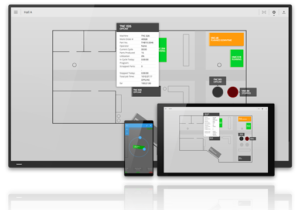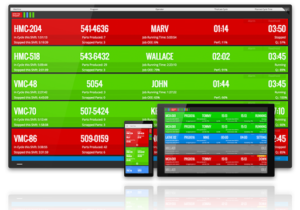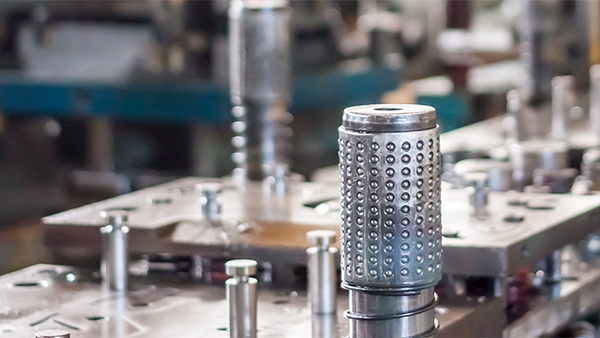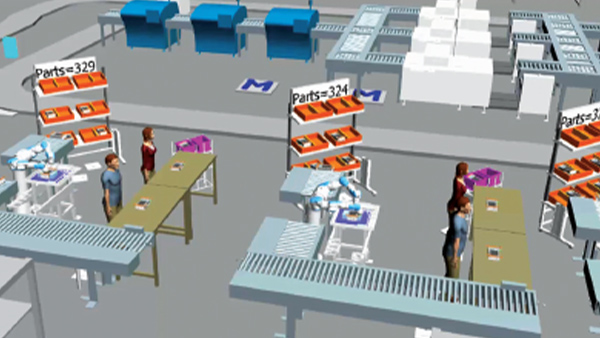What is Real-Time Monitoring?
Real-time Monitoring refers to the system that operates machinery and displays the status of its operation and measures its performance in real-time, allowing the system to respond immediately to any operation. This minimizes processing time or reduces it to the minimum. Real-time Monitoring systems are commonly installed in industrial factories that have machinery that operates continuously for long periods of time. Monitoring and maintaining the performance of these machines is crucial and essential for ensuring that the industrial production process continues seamlessly and efficiently. The modern computer-controlled system and its speed of response provide the opportunity to constantly monitor and maintain machinery performance, ensuring the production process runs smoothly and efficiently, reducing downtime and maintenance costs, and improving overall production quality.
Advantages of Real-Time Monitoring System.
The Real-Time Monitoring System has been designed for ease of analysis of various data, with increased accuracy and speed, to help improve and enhance machine and personnel performance and to enable better quality work planning, along with prompt problem-solving.
Improve Efficiency
Monitor machine and personnel performance with accurate real-time data collection. Identify causes of production loss, increase ability to improve, optimize resource usage and streamline processes driven by accurate data. Eliminate manual steps, which take a long time and often result in incorrect data collection with automatic system. This results in a more efficient data collection process
Reduce time in managing
Reduces the need for paper and management time, updates ERP, MES, or other management systems directly with real-time data received from devices and personnel.
Features of Real Time Monitoring System.
Live Screen
Is a view that displays the current status of each machine, along with important information. The system clearly displays the colors of each status, and the various information can also be adjusted as needed.
Dashboards
Provides a comprehensive overview of production data and relevant KPI’s (such as OEE) quickly. Dashboards will display the results of production groups, divide groups of different machines, or other specifications and display results in various widgets such as graphs, charts, gauges, etc. It can also be accessed from any device that supports web interface.

Shop Floor Screens
Helps to keep track of the status of machines in a real-world working environment with a bird’s eye view perspective. This view allows for the understanding of the location of each machine and the overall status of each area by displaying alerts in a smaller size but still providing complete information through a pop-up format.
คอนโทรลเลอร์ที่รองรับ
Success
The large aerospace component manufacturer was concerned that their production was not meeting demand. They had to make the decision to purchase additional machinery. They were advised to conduct weekly machinery work time inspections using Real Time Monitoring to determine the production time. They were shocked to find that the machinery usage was only 50% but couldn’t determine the clear reason.








